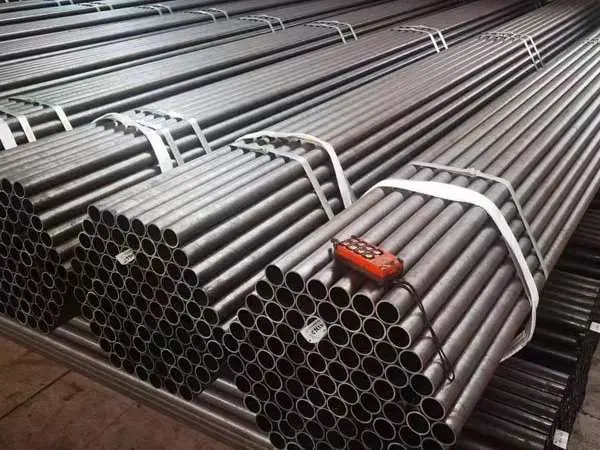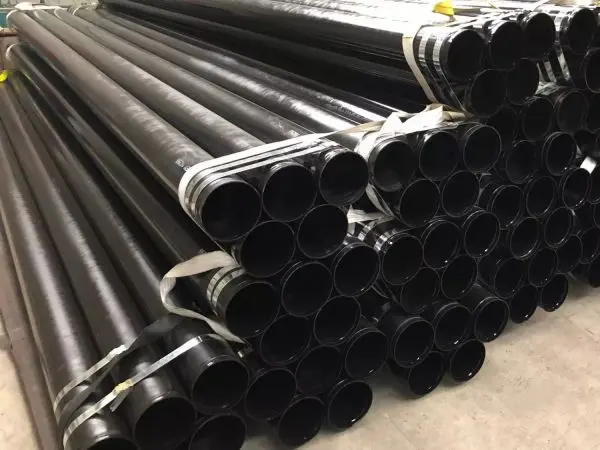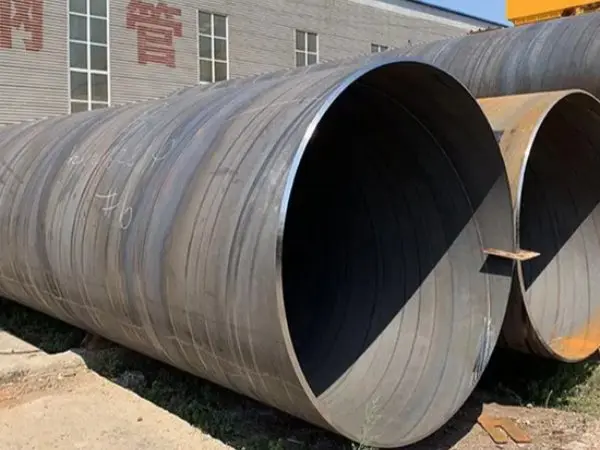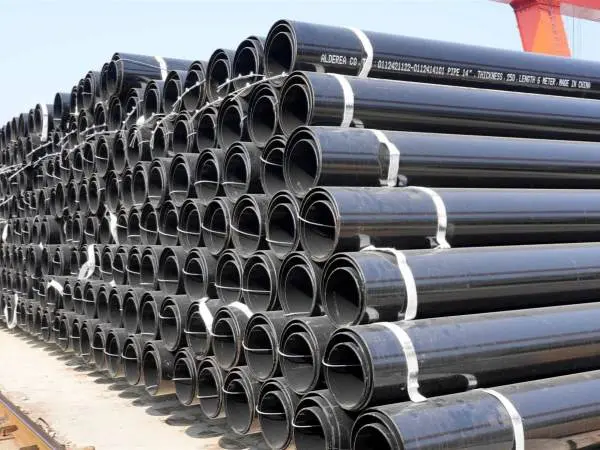- Phone0086 731 8564 8255
- E-mailsales@cscsteel-manufacturing.com
-

With the increasing popularity of weathering steel in architecture, landscaping, and structural applications, the market has seen a surge of counterfeit or mislabeled products. Genuine weathering steel—often referred to by trade names like Corten steel—is prized for its ability to form a stable, rust-like appearance that protects against further corrosion. However, distinguishing it from ordinary steel, especially in the early stages, can be challenging.
Continental Steel Co., Ltd is professional steel plates manufacturer, for more details, please contact:sales@cscsteel-manufacturing.com
To help you ensure material authenticity and avoid costly mistakes, here are several methods for identifying real weathering steel plates, based on different stages of their exposure and oxidation:
1. Before Rusting: Appearance Isn’t Enough
At the initial stage—before any rust develops—you cannot differentiate weathering steel from regular hot-rolled steel by visual inspection alone.
Check the Mill Warranty or Certificate of Compliance: Always request the original factory warranty, ideally stamped with the red seal from the steel mill. This verifies the steel’s grade and origin. Watch out for fake certificates or resellers passing off common grades like Q235B or SPHC as weathering steel.
Chemical Composition Testing: For a more foolproof method, send a sample to a third-party metallurgical testing agency. They can analyze the composition and confirm whether it matches the weathering steel standard (e.g., ASTM A588, Q355NH). This method is effective at any rusting stage.
2. Early Rusting Stage (1–3 Months Outdoors)
In the early rusting period, some visual cues start to emerge:
Genuine weathering steel will develop fine, even rust specks that begin forming a protective patina.
Ordinary steel will show loose and patchy rust, sometimes with flaking or detachment, especially if it hasn’t been properly pre-treated.
3. Mid Rusting Stage (4–8 Months Outdoors)
At this stage, the differences become more pronounced:
Weathering steel: Exhibits dense, uniform rust spots with minimal rust runoff or water staining.
Ordinary steel: Shows heavier rust leaching, larger and thinner rust patches, and signs like vertical rust streaks ("rust tears"). The base may also show blackening, indicating deeper corrosion.
4. Late Rusting Stage (8+ Months Outdoors)
After extended outdoor exposure, the contrast between genuine and fake weathering steel becomes very clear:
Weathering steel forms a tightly adhered, compact rust layer that acts as a natural barrier. When wiped by hand, little to no residue comes off. The surface typically turns a reddish-brown shade.
Ordinary steel continues to deteriorate—rust skin peels off, and in some cases, full-thickness corrosion may occur. The surface becomes dark gray or black, indicating advanced degradation.
Conclusion
Identifying authentic weathering steel requires more than a quick glance—especially when the steel hasn't yet begun to rust. Combining document verification, chemical testing, and visual observation over time can help ensure you’re working with the right material. This not only protects your project’s integrity and aesthetics but also avoids future structural or maintenance issues caused by counterfeit products.




